In this follow-up to the Xuetao Cao affair of by now 64 papers under suspicion of data manipulation, please enjoy a tour by Smut Clyde through what is now known as “Flaw Cytometry”, decorated of course with some recurrent western blots. Before proceeding, readers are instructed to first inform themselves what this is about, by studying and then reciting the previous article out loud. Here it should be merely reiterated that the affair was caused by the image sleuth Elisabeth Bik, assisted by some others data integrity hooligans who preferred to remain unnamed. In short, a conspiracy.
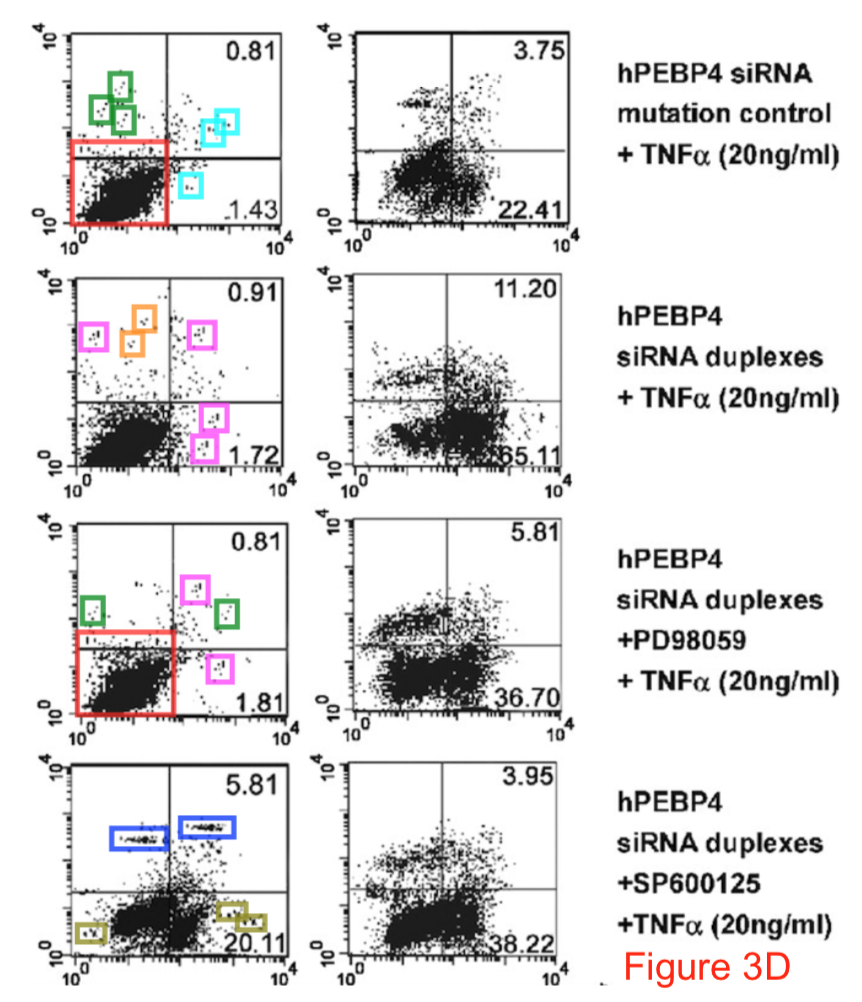
Update 20.11.2019: Bik now blogged about the history of her investigation of Cao’s ~300 papers. Turned out, it all started with a fraudulent paper, Wang et al Clin Cancer Research 2005 from Cao’s lab, which Bik reported to the publisher AACR in 2014. There were rigged gels and Flaw Cytometry. Yet instead of a retraction, an embarrassing correction was issued in March 2015, presumably because Cao is such an important man. Falsified data for 4 figures was replaced, AACR reassured the scientific community that “These changes do not affect the interpretation or conclusions of this work“.
The events happen now faster than one can tweet, never mind write. Just yesterday, Cao’s Nankai University lab proudly published a new paper: Xu et al Nature Immunology 2019. Instead of humbly congratulating, guess what these uncultivated vandals did to it right away:
There is absolutely no respect. A friend of Cao (who apparently helped with the US National Academy of Medicine membership) tweeted a year ago this instruction to read a new Cao paper in Immunity (published by Cell Press):
Bik diligently read the Immunity paper, as Nicholas Peppas ordered her to. This was what she found:
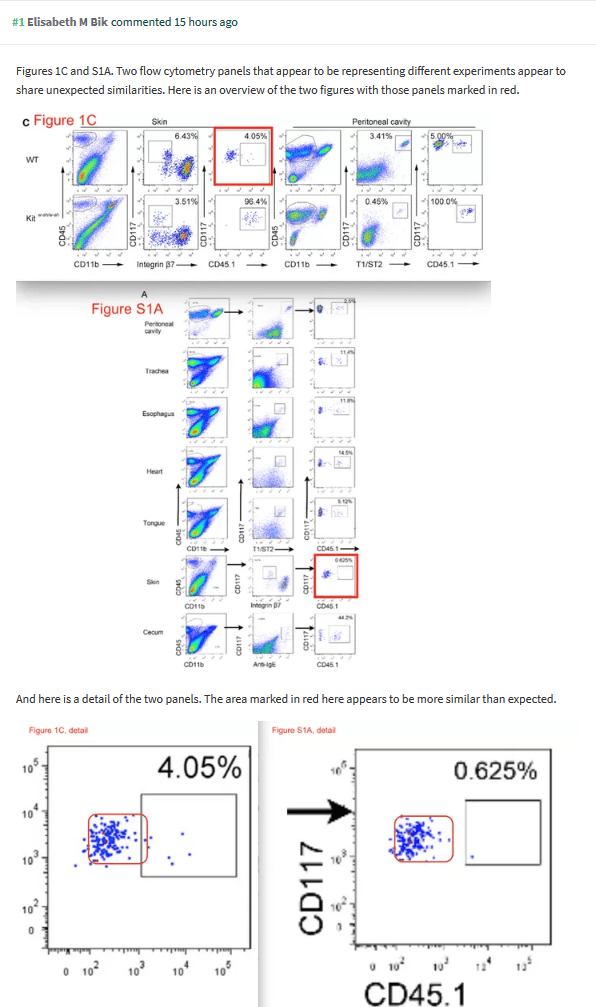
Flaw cytometry, of particularly naughty kind which does not happen by mistake. That same year, Cao published in Cell. Did Bik respect this impactful achievement? Nope.
And now Smut Clyde arrives to kick a fallen hero and discusses, among other things, Cao’s paper in Science: Wang et al Science 2014. As if it was not enough that the paper was criticised as artefact (e.g., because an RNA was declared as “non-coding” despite very much coding for a protein). It apparently also has some Flaw Cytometry on top:

The Great Hall of People Rally of Hypocrisy
We must never forget how the affair started, namely with the speech by Chairman Cao, not somewhere, but in The Great Hall of People in Beijing, and not on something, but on the topic of research integrity.
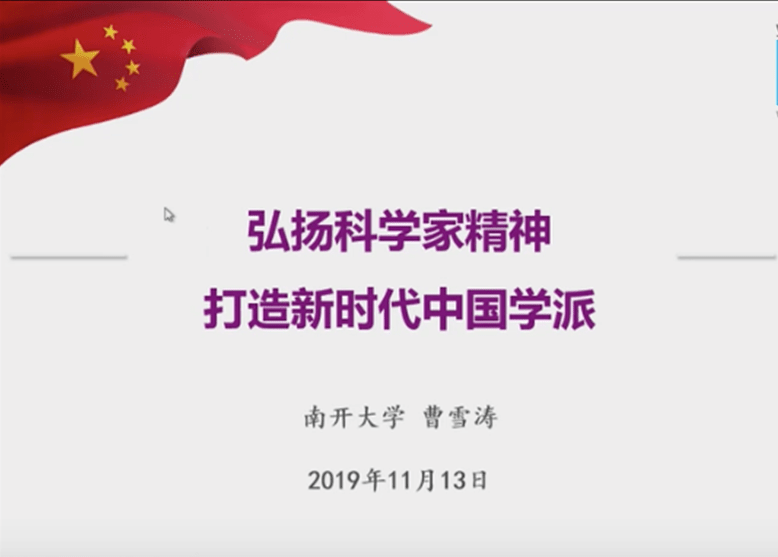
The full rally (in Chinese obviously) can be watched here, but please be sure you properly dressed and combed, to show respect. Following are some excerpts, for your academic and patriotic edification. Courtesy translation by a reader who prefers to have nothing to do with all that.
First, Chairman Cao spoke about President Xi Jinping‘s visit to Nankai University in January this year. There, Xi encouraged students and faculty in Nankai to apply patriotism in their work and reminded that Chinese intellectuals have always been patriots for the last 5000 years.

Being the paragon and a role model of research integrity himself, Professor Cao said:
“Being a rigorous and earnest student is the first button for young people who enter the academic field. This first button must be tied well. We must strictly follow the rules of conduct in scientific research and maintain the integrity. Some red lines in scientific research must never be crossed. We must obey ethical rules in research and be moral.“
China’s top scientist continued:
“There are many cases of scientific misconduct that shocked us. In our country, there was the case when 107 biomedical papers were retracted. These cases served as an alarm call to us and had great negative impact on the Chinese academia. All professional societies have agreed that we must improve the training of our researchers, to obey the rules and to maintain integrity, in order to prevent similar misconduct in future.
There are also many cases of scientific misconduct in other countries, such as Schön case in Bell lab and the heart stem cells scandal at Harvard University. These cases received tremendous attention and had caused even more negative effects globally. So, when you enter the academic field of research, you must make your first step in the right way.”

Chairman Cao then put forward the proposal from Chinese Association for Science and Technology, directed to all scientific researchers in China:
“Keep the science field clean!”
And this is how the pipetting working masses are to do that:
“Self-discipline is the foundation to maintain the academic ethics. Everybody working in the field of science and technology should strive to abide by academic norms, to maintain academic integrity, to improve their academic personality, to maintain academic dignity, to strive to be a good academic role model, a rigorous scholar, and a mentor of good academic ethics, so that the science and technology profession becomes the cleanest and the most respectable profession under the sun”.

As the affair exploded on PubPeer, Twitter and Chinese social media, as the Chinese journalists were beleaguering Bik for comments and guidance, Cao offered his profuse apologies, in the best manner of a Communist functionary caught on having done something he will have to pay dearly for, the extent of the punishment still to be established. The Chinese media is now in full reporting swing, torn between the need to reveal a national mega-scandal and the duty to tread very careful where a very senior Party functionary is involved. And Cao is very, very senior: he is Academy member and head of a military university in the rank of army general.
Hence, the careful journalists conclude an otherwise critical article like this:
“Wang Yuedan, a professor of immunology at Peking University, told Sixth Tone that although Cao was obliged to respond to Bik’s questions as a corresponding author, he said it would be “improper” to jump to any conclusions in the absence of more solid evidence.
“There is the possibility of similar plot distributions, because the data was collected by machines during the flow cytometry experiments,” said Wang, who claims to have seen the images posted by Bik. “Before the academic journals make any conclusions or decisions to retract, it would be unreasonable to require an investigation by the author’s organization, because that would be a presumption of guilt for scientific professionals and disrespectful of scientific research.”
Cao is sure in trouble with the Journal of Biological Chemistry and maybe some others. But his papers with other journals and publishers, those who usually only retract when the authors themselves beg for it, like Cell Press or Journal of Immunology, are probably safe as houses. In fact, Cao reaffirmed his stance that conclusions are definitely not affected, while appointing himself his own investigator. He even hinted to decide what will be retracted or corrected, and what will be left alone:
“We’ll work with the relevant journal editorial offices immediately if our investigation indicates any risk to the highest degree of accuracy of the published records”

Now, having been guided onto the pass of righteousness by the Chairman of Research Integrity, Professor Xuetao Cao himself, please read this by Smut Clyde.
Flaw cytometry, FACsimiles and fly-speck thunderclouds
By Smut Clyde
When a paper has five diagrams to illustrate the various techniques that were used (and to reassure the readers that experiments did actually take place), is it the same paper when four of those Figures are replaced with less problematic versions? This is a new phrasing of the conundrum of continuity and identity over change, taking its place in the menagerie of Metaphysics alongside the Ship of Theseus, Trigger’s Broom and Locke’s Sock. And evidently the paper’s Conclusions at least are unchanged by the substitution of data, at least in the view of the editors of Clinical Cancer Research. The resulting spectacular mega-correction (Wang et al. 2005 [3]) featured in a recent post at Science Integrity Digest.
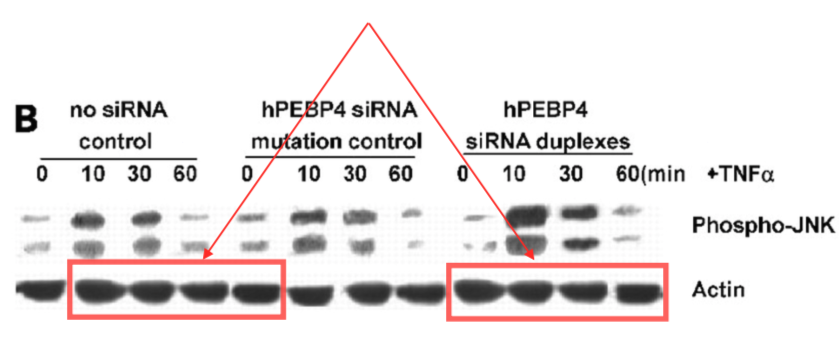
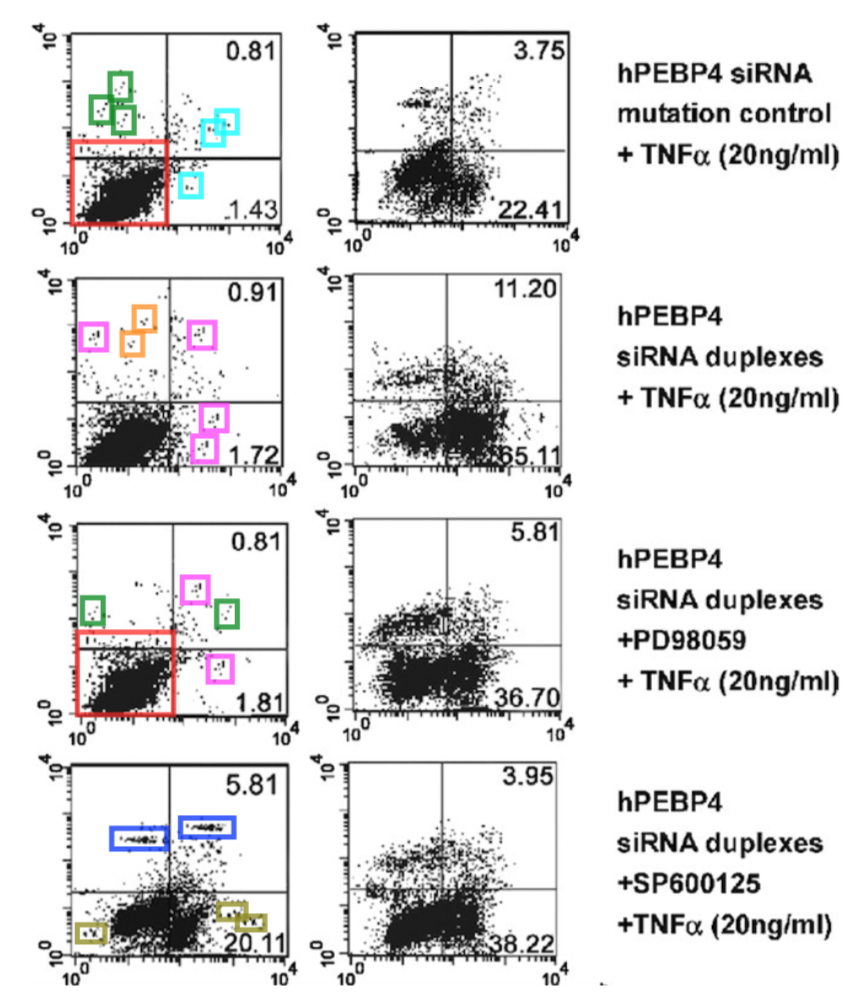
One of these now-deprecated Figures consisted of Flow Cytometry plots, which have come up before. Here, measurements of surface protein expression in a succession of cells become log-scale coordinates of a FACS plot. There are lasers involved, and fluorescent antibody markers, but all that concerns us now is that a raw data file of sequential cell measurements can be run through the plotting software repeatedly, while twiddling the settings of the gating parameters that define which cells to plot and which to omit (as outliers or irrelevant). Thus multiple slightly-different FACSimiles can be produced, and if the researchers are sufficiently sloppy in how they file the printouts then these might turn up in a paper mistakenly presented as different experiments.
Alternatively, one might fake a FACSimile in ‘Visual Enhancement Software’ by cut-&-pasting groups of points, though the results can leave the impression that a child ran amok with a potato stamp. If one is caught out it is hard to blame sloppy filing, and it is time to find a junior author or graduate student to throw to the wolves. Or under the bus. Or to the wolves living under the bus.
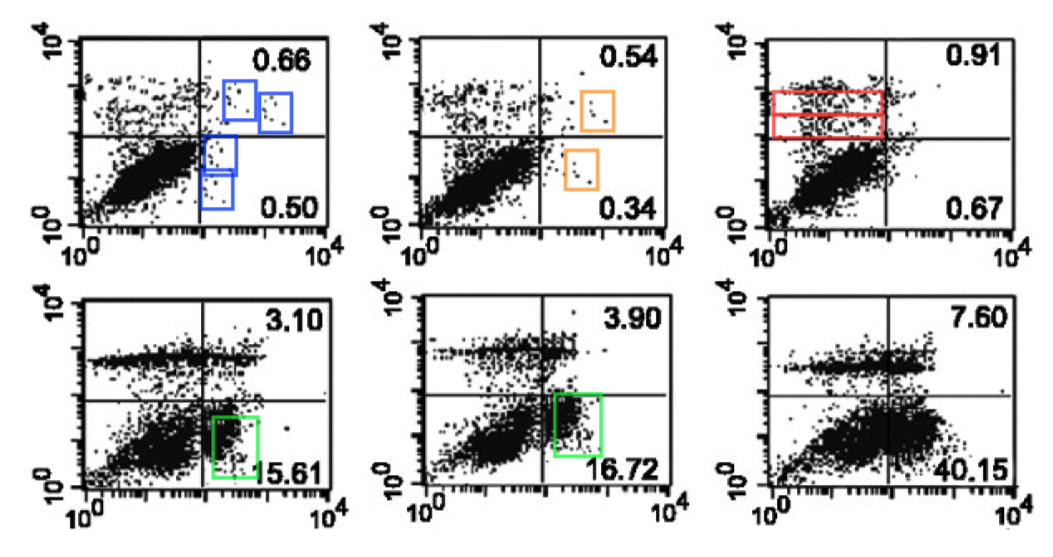
Now FACSimiles and “flaw cytometry’ feature heavily in the oeuvre of Dr Cao across the 16-year span 2003-2019, at least in the fraction of that oeuvre that has so far provoked discussion in threads at PubPeer. In many cases the use of a duplicate or almost-duplicate plot was an innocent mistake, quickly corrected (Qian et al, 2013 [12]) or subsequently acknowledged (Liu et al., 2018 [15]).
The FACSimiles and “flaw cytometry’ feature heavily in the oeuvre of Dr Cao across the 16-year span 2003-2019, at least in the fraction of that oeuvre that has so far provoked discussion in threads at PubPeer. In many cases the use of a duplicate or almost-duplicate plot was an innocent mistake, quickly corrected (Qian et al, 2013 [12]) or subsequently acknowledged (Liu et al., 2018 [15]).
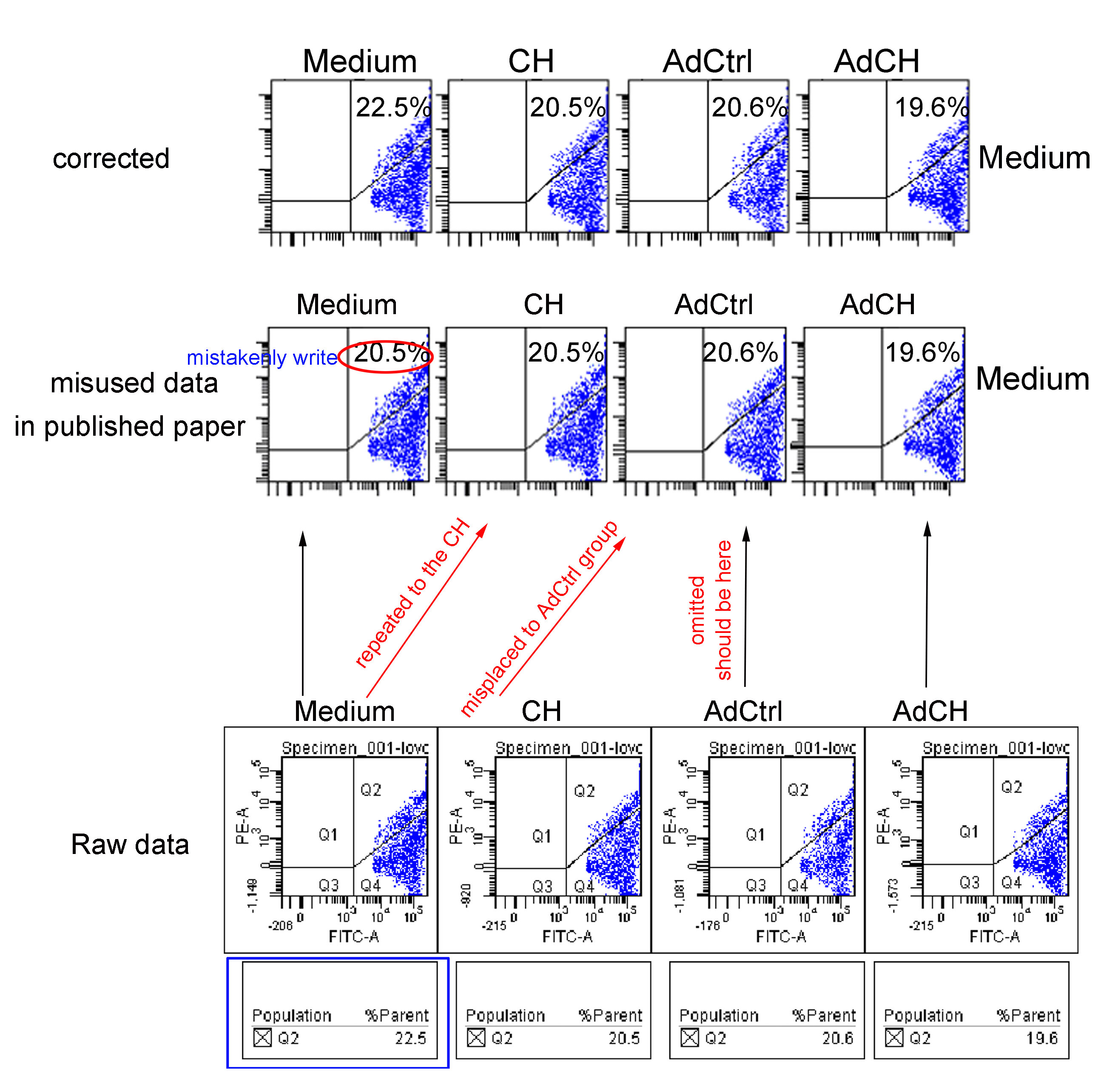
Also Wang et al. (2014) [14], Fig 5 from Liu et al. (2018) 16], and probably more by now, for this is a developing story.
In other cases, concerns about copy-pasted images were conveyed to journal editors five years ago but progressed no further (Wang et al. 2004 [2]; Li et al. 2007 [5]). Perhaps the Journal of Biological Chemistry at the time had not tasked any staff to find gambling going on here ensure image integrity; alternatively, the staff-member in question saw all the glitches and many-coloured boxes in the emailed notifications and thought that they were invitations to an art exhibition… perhaps a Frank Stella collaboration with Nam June Paik.

I should emphasise at this point that these are all multi-author papers, and it is above my non-existent pay-grade to single out any one person as the originator of the fabrications. Dr Cao was the principal author of many but not all of them, but he is clearly a man of many roles and responsibilities competing for his time and attention. In addition, email addresses for Dr Cao were only recently uploaded to the PubPeer database to ensure that he received invitations to take part in the discussions. Now that he is aware of the concerns being raised and has responded in some cases, and given his role as China’s Integrity Watchdog, there is every reason to believe that he or the corresponding authors will correct or retract other papers.
Much of the time, alas, any error was unlikely to be innocent, given the levels of shenanigans and jiggery-pokery. Non artifact, sed artifice. In Wang et al. (2014) [13], Figures 2G and 2H are rife with refracted, 90°-rotated constellations, like star-gazing through a kaleidoscope:
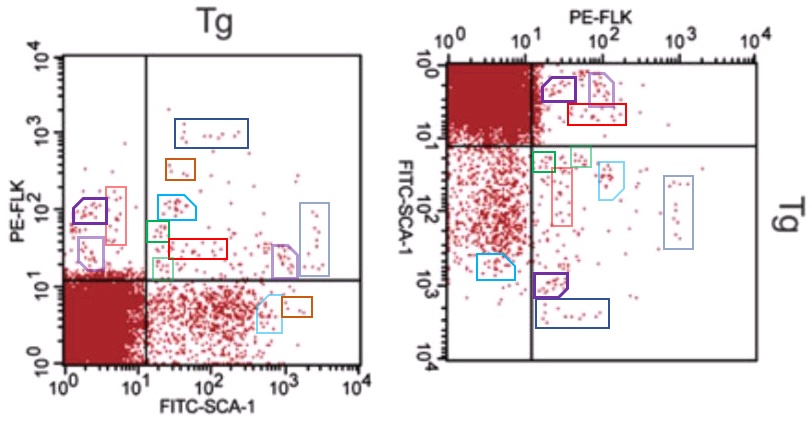
Figure 4C (below at right) is a Transwell migration assay of some kind, but it has kaleidoscope problems of its own.
Moving along to Han et al. (2009) [10], Figure 4 is a patchwork:
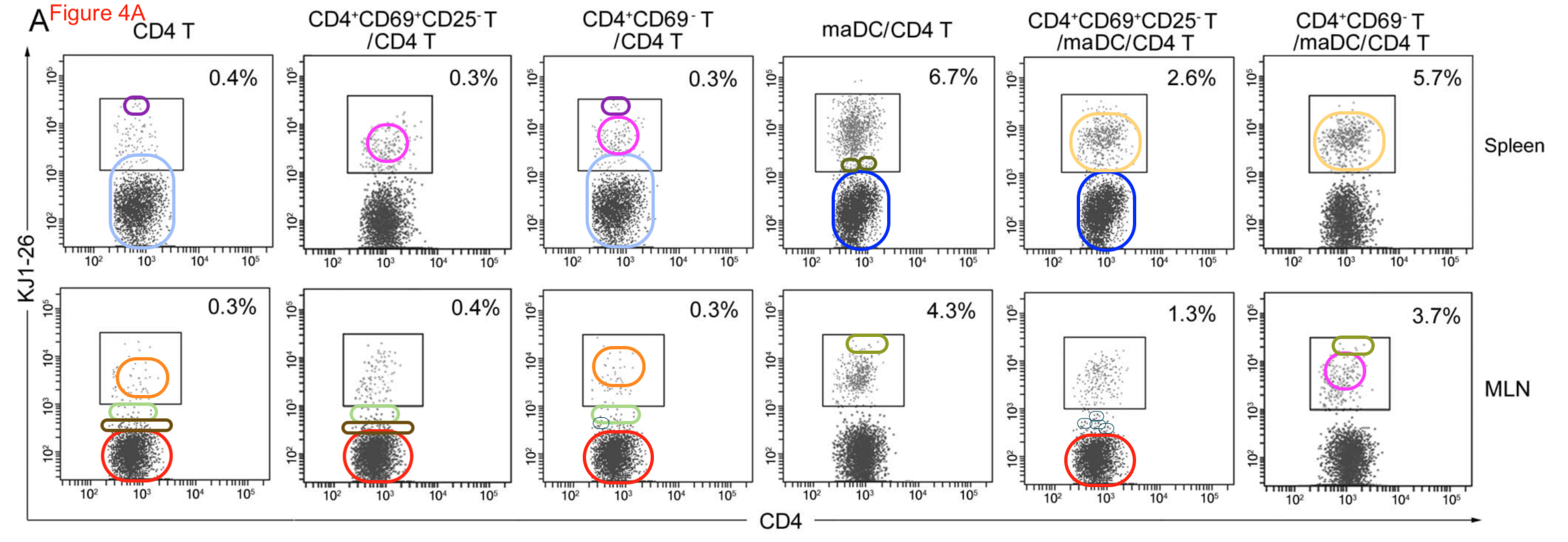
One of the squares from the patchwork, having appeared three times in 4A, makes a fourth reappearance in Figure 7B of Li et al. (2009) [11].
Now [11] is a kettle of red herrings of another colour. It is hard to know where to start. Reused FACS confections form a delicate web that binds all the illustrations together. The rubber-stamping is subtle (except when it’s not)…
…so an easy way to demonstrate how patches of random half-tone are replicated between Figures is to overlay them, with one image black/white reversed, to see if and where patterns of identical dots cancel out.
Two more examples because why not? Figure 6C from Yang et al (2004) [1]…

…and Figure 1B from Wang et al. (2006) [4].
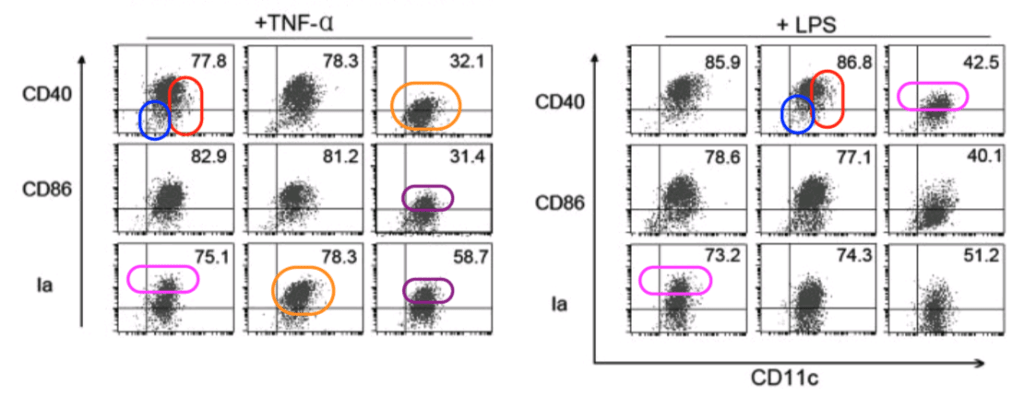
Here is one that was Withdrawn (not retracted) in 2015, Wang et al (2008) [9]:
“VOLUME 283 (2008) PAGES 12076–12084 This article has been withdrawn by the authors.”
The Withdrawal notice is terse and cryptic, but it sounds as if someone on the authorship list belatedly paid more attention than the editors and reviewers had, and decided not to enrich the scientific literature with legacies like these:

Yes, I know… this is a case where a Western Blot was caught in the matter-transporter malfunction, rather than a FACSimile, for this diagrammatic corpus is versatile and not exclusively flow-cytometric. Here are some more Western Blot examples. Figure 2 from [5], which we just encountered:

And returning to the beginning of our time-line, [1], Figure 2:

At left, Fig 4A/B from He et al (2007) [6], with a procession of Loch Ness monsters. At right, tying together Sun et al. (2008a) [7] and Sun et al. (2008b) [8].
Of course readers are really here for the flyspeck thunderclouds. Fortunately those last two examples provide a segue back to the main theme. So here are are Dr Bik’s findings in Figures 3B and 6 of [7], before she ran out of colours:

Figure 2E of [8] has a little less going on:
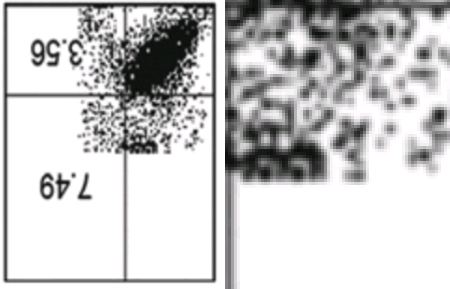
Now the lower-left frame of 2E is not one of the “twenty-seven 8 x 10 coloured glossy photographs with circles and arrows and a paragraph on the back of each one explainin’ what each one was”, but all the same it is scaring me, because what are those TWO BLACK-RINGED EYES creeping down from above into the cut-off frame?
Even more than usual, I should credit Dr Elisabeth Bik and other less-nonymous contributors to PubPeer for providing all the images I am curating here. Interested readers should visit the source material to see how much I left out!
SOURCES:
- “Cyclin L2, a novel RNA polymerase II-associated cyclin, is involved in pre-mRNA splicing and induces apoptosis of human hepatocellular carcinoma cells”, Lianjun Yang, Nan Li, Chunmei Wang, Yizhi Yu, Liang Yuan, Minghui Zhang, Xuetao Cao (2004) Journal of Biological Chemistry [PubPeer]. doi: 10.1074/jbc.m312895200
- “A novel human phosphatidylethanolamine-binding protein resists tumor necrosis factor alpha-induced apoptosis by inhibiting mitogen-activated protein kinase pathway activation and phosphatidylethanolamine externalization”, Xiaojian Wang, Nan Li, Bin Liu, Hongying Sun, Taoyong Chen, Hongzhe Li, Jianming Qiu, Lihuang Zhang, Tao Wan, Xuetao Cao (2004). Journal of Biological Chemistry doi: 10.1074/jbc.m405147200 [PubPeer].
- “Silencing of human phosphatidylethanolamine-binding protein 4 sensitizes breast cancer cells to tumor necrosis factor-alpha-induced apoptosis and cell growth arrest”, Xiaojian Wang, Nan Li, Hongzhe Li, Bin Liu, Jianming Qiu, Taoyong Chen, Xuetao Cao (2005). Clinical Cancer Research doi: 10.1158/1078-0432.ccr-05-0879 [PubPeer].
- “Induction of allospecific tolerance by immature dendritic cells genetically modified to express soluble TNF receptor”, Quanxing Wang, Yushan Liu, Jianli Wang, Guoshan Ding, Weiping Zhang, Guoyou Chen, Minghui Zhang, Shusen Zheng, Xuetao Cao (2006). Journal of Immunology doi: 10.4049/jimmunol.177.4.2175 [PubPeer].
- “hPEBP4 resists TRAIL-induced apoptosis of human prostate cancer cells by activating Akt and deactivating ERK1/2 pathways, Hongzhe Li, Xiaojian Wang, Nan Li, Jianming Qiu, Yuanyuan Zhang, Xuetao Cao (2007). Journal of Biological Chemistry doi: 10.1074/jbc.m609494200 [PubPeer].
- “TLR4 signaling promotes immune escape of human lung cancer cells by inducing immunosuppressive cytokines and apoptosis resistance”, Weigang He, Qiuyan Liu, Li Wang, Wei Chen, Nan Li, Xuetao Cao (2007). Molecular Immunology doi: 10.1016/j.molimm.2007.01.022 [PubPeer]
- “Rapamycin suppresses TLR4-triggered IL-6 and PGE(2) production of colon cancer cells by inhibiting TLR4 expression and NF-kappaB activation”, Qiaoling Sun, Qiuyang Liu, Yuanyuan Zheng, Xuetao Cao (2008a). Molecular Immunology doi: 10.1016/j.molimm.2008.01.025 [PubPeer].
- “Rapamycin reverses TLR4 signaling-triggered tumor apoptosis resistance by disrupting Akt-mediated Bcl-xL upregulation”, Qiaoling Sun, Yuanyuan Zheng, Qiuyan Liu, Xuetao Cao (2008). International Immunopharmacology doi: 10.1016/j.intimp.2008.08.009 [PubPeer].
- “IPP5, a novel protein inhibitor of protein phosphatase 1, promotes G1/S progression in a Thr-40-dependent manner”, Xiaojian Wang, Bin Liu, Nan Li, Hongzhe Li, Jianming Qiu, Yuanyuan Zhang, Xuetao Cao (2008). Journal of Biological Chemistry doi: 10.1074/jbc.m801571200 [PubPeer].
- “CD69+ CD4+ CD25- T cells, a new subset of regulatory T cells, suppress T cell proliferation through membrane-bound TGF-beta 1”, Yanmei Han, Qiuli Guo, Minggang Zhang, Zhubo Chen, Xuetao Cao (2009). Journal of Immunology doi: 10.4049/jimmunol.182.1.111 [PubPeer].
- “Cancer-expanded myeloid-derived suppressor cells induce anergy of NK cells through membrane-bound TGF-beta 1”, Hequan Li, Yanmei Han, Qiuli Guo, Minggang Zhang, Xuetao Cao (2009). Journal of Immunology doi: 10.4049/jimmunol.182.1.240 [PubPeer].
- “Fas signal promotes the immunosuppressive function of regulatory dendritic cells via the ERK/β-catenin pathway”, Cheng Qian, Li Qian, Yizhi Yu, Huazhang An, Zhenhong Guo, Yanmei Han, Yongjian Chen, Yi Bai, Qingqing Wang, Xuetao Cao (2013). Journal of Biological Chemistry doi: 10.1074/jbc.m112.425751 [PubPeer].
- “Intracellular NAMPT–NAD+–SIRT1 cascade improves post-ischaemic vascular repair by modulating Notch signalling in endothelial progenitors”, Pei Wang, Hui Du, Can-Can Zhou, Jie Song, Xingguang Liu, Xuetao Cao, Jawahar L. Mehta, Yi Shi, Ding-Feng Su, Chao-Yu Miao (2014). Cardiovascular Research doi: 10.1093/cvr/cvu220 [PubPeer].
- “The STAT3-binding long noncoding RNA lnc-DC controls human dendritic cell differentiation”, Pin Wang, Yiquan Xue, Yanmei Han, L. Lin, Cong Wu, Sheng Xu, Zhengping Jiang, Junfang Xu, Qiuyan Liu, Xuetao Cao (2014). Science doi: 10.1126/science.1251456 [PubPeer].
- “HSP70L1-mediated intracellular priming of dendritic cell vaccination induces more potent CTL response against cancer”, Shuxun Liu, Lin Yi, Ma Ling, Jinxia Jiang, Lijun Song, Juan Liu, Xuetao Cao (2018). Cellular and Molecular Immunology doi: 10.1038/cmi.2016.33 [PubPeer]
- [“MicroRNA in vivo precipitation identifies miR-151-3p as a computational unpredictable miRNA to target Stat3 and inhibits innate IL-6 production”, Xiang Liu, Xiaoping Su, Sheng Xu, Huamin Wang, Dan Han, Jiangxue Li, Mingyan Huang, Xuetao Cao (2018). Cellular and Molecular Immunology doi: 10.1038/cmi.2017.82 [PubPeer].

Donate!
If you are interested to support my work, you can leave here a small tip of $5. Or several of small tips, just increase the amount as you like (2x=€10; 5x=€25). Your generous patronage of my journalism, however small it appears to you, will greatly help me with my legal costs.
€5.00

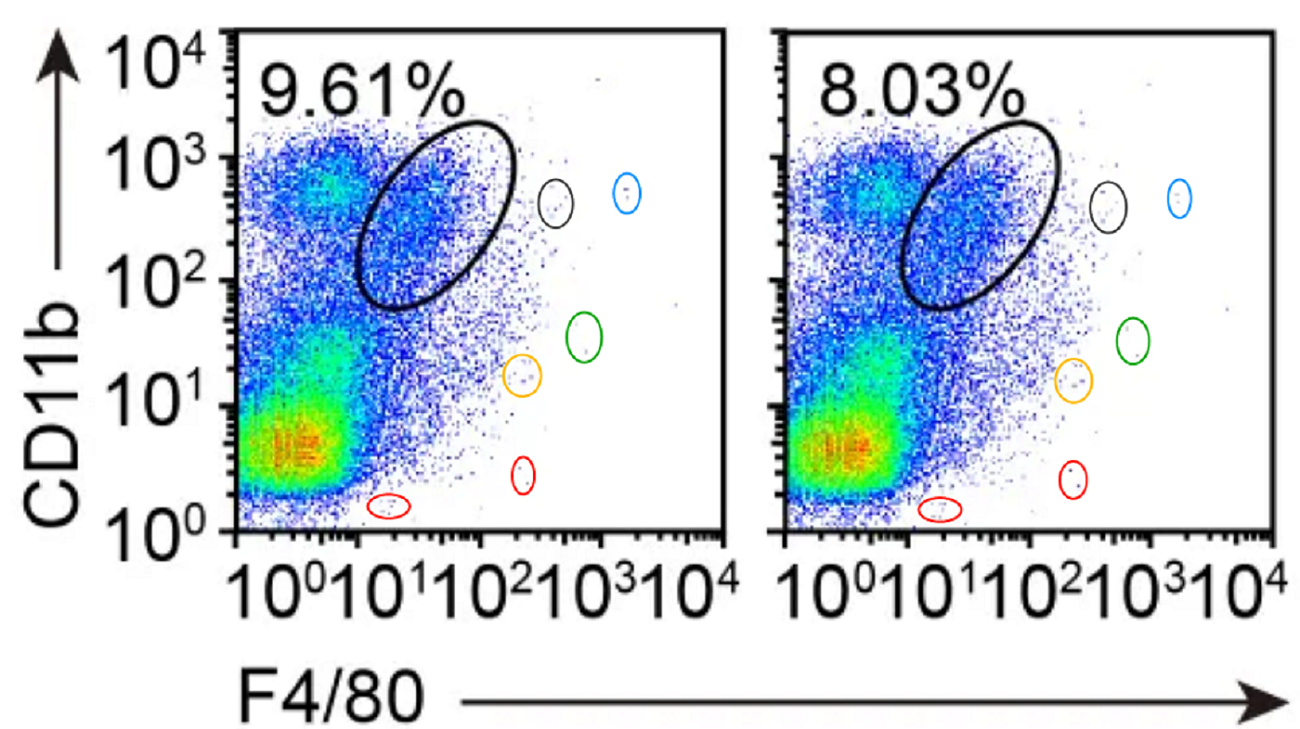
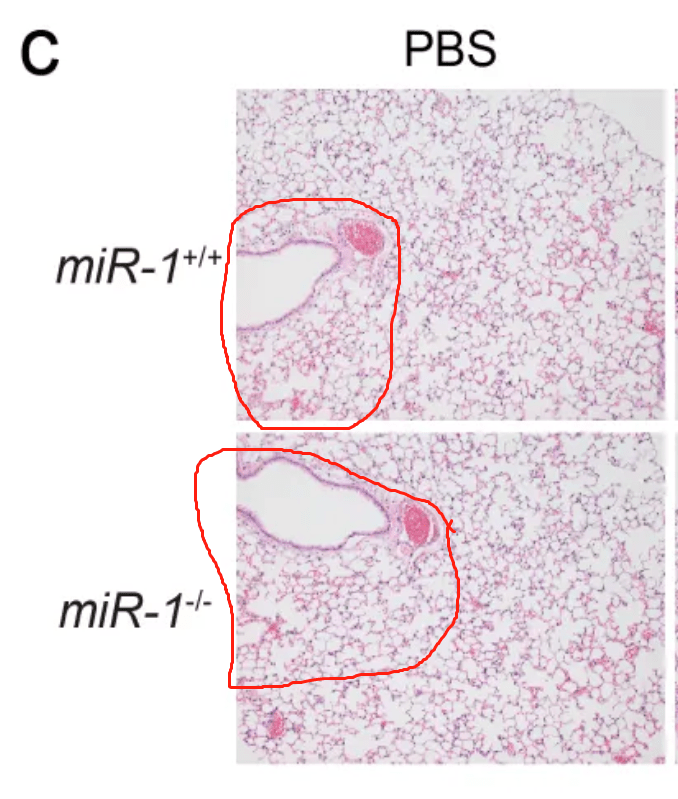
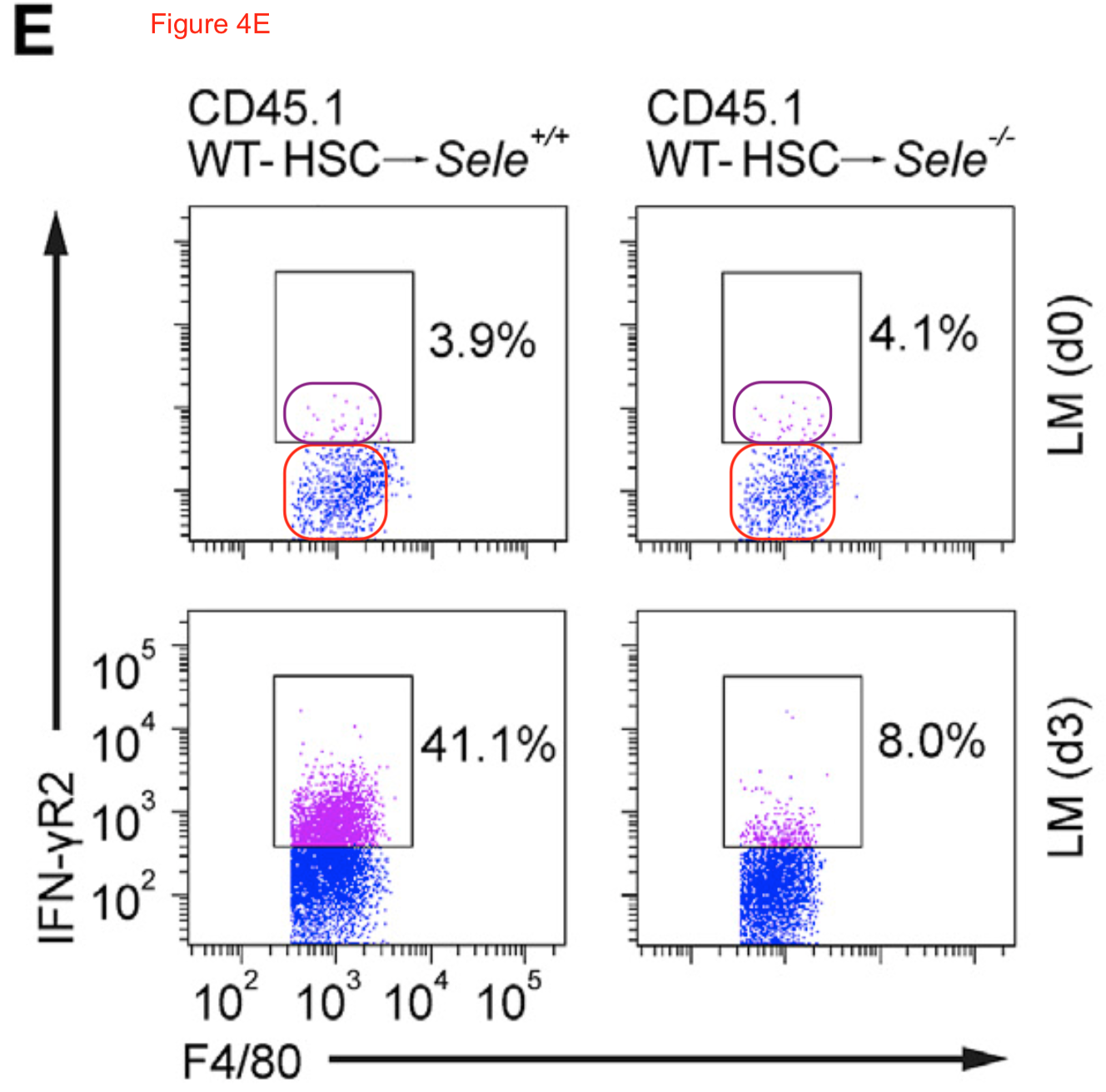


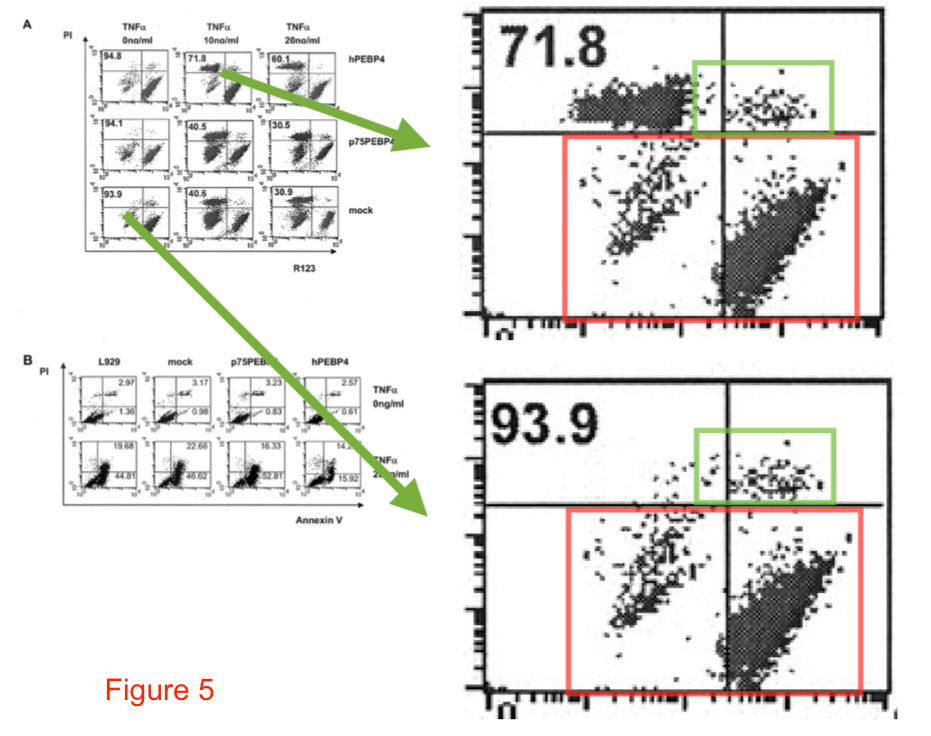


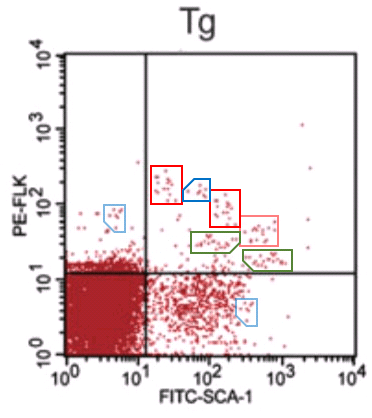
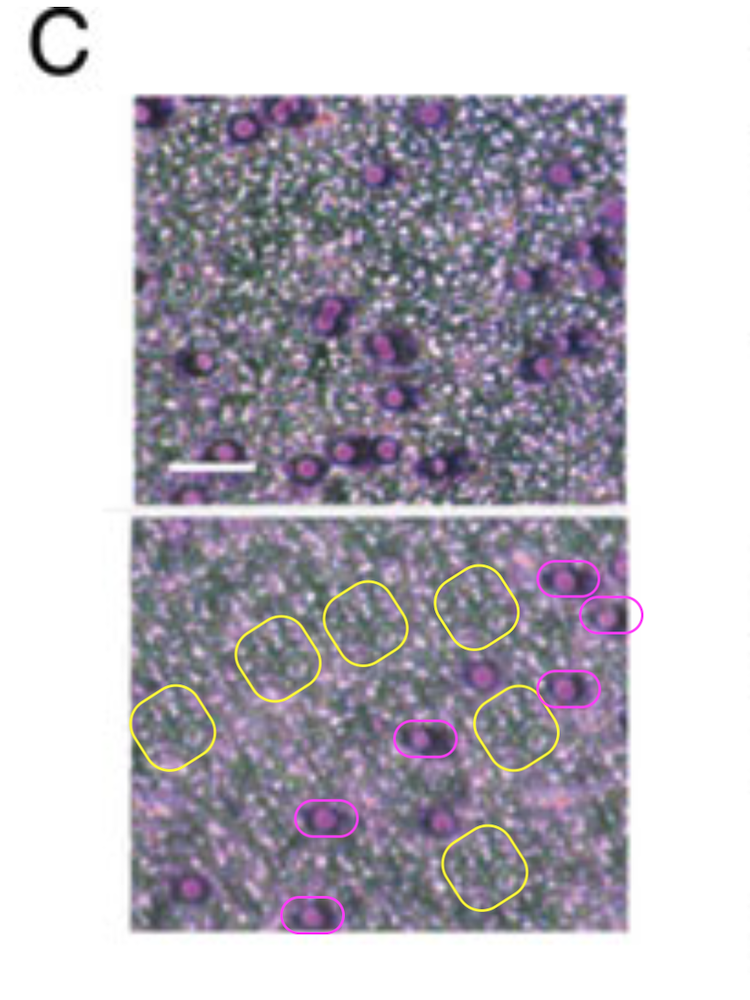
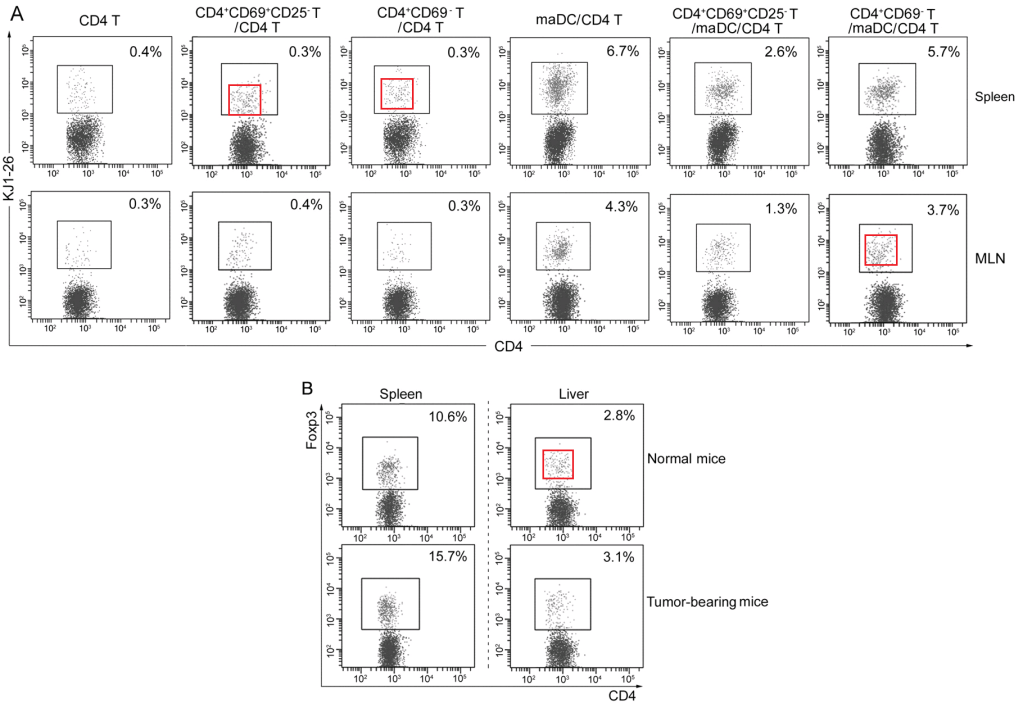
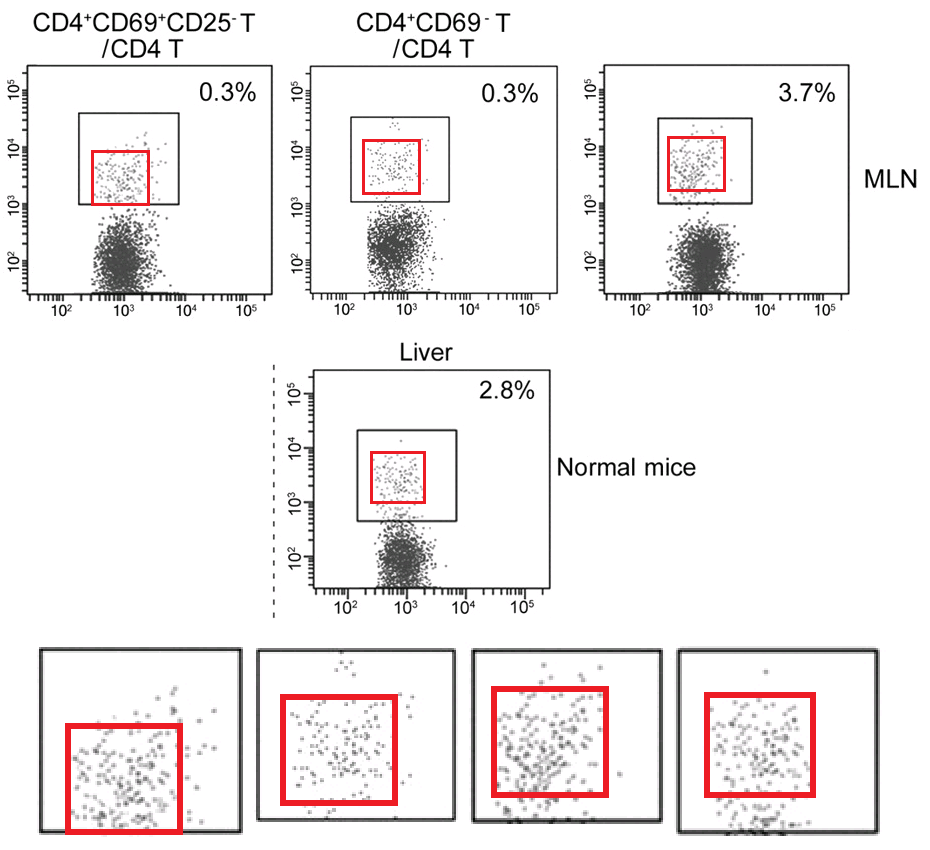
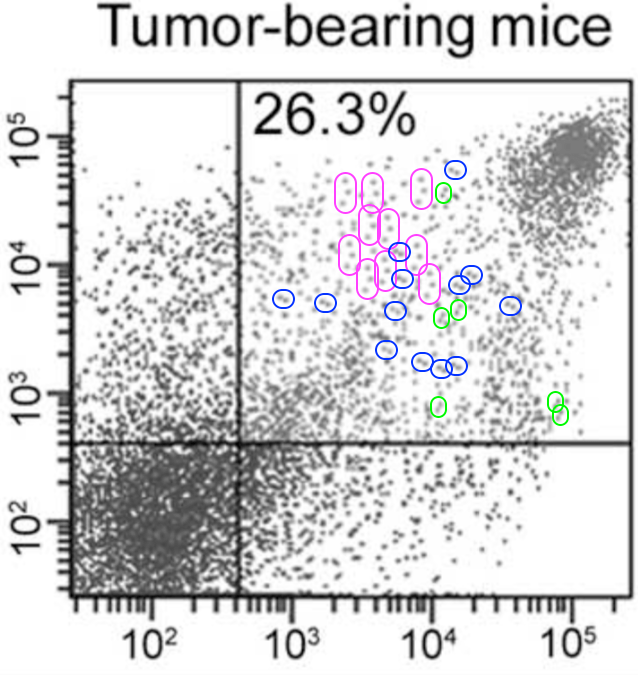
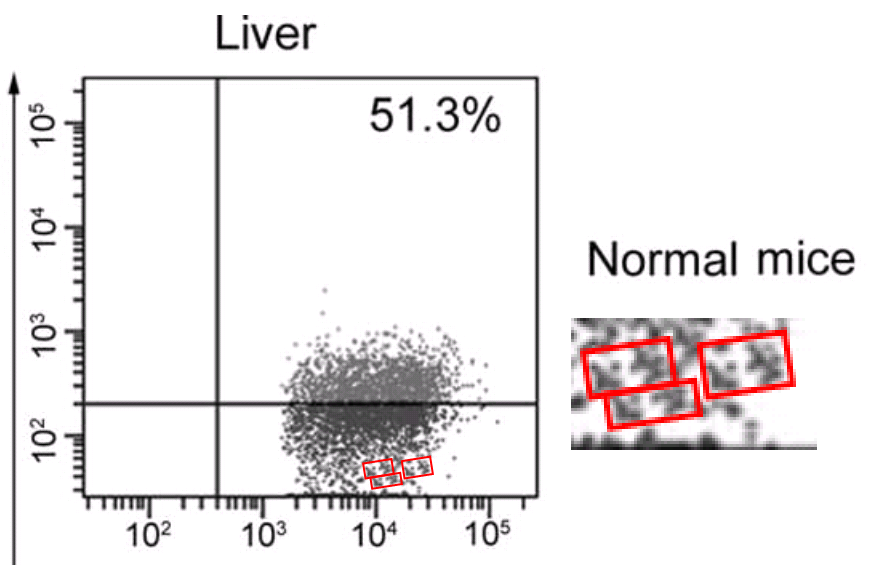
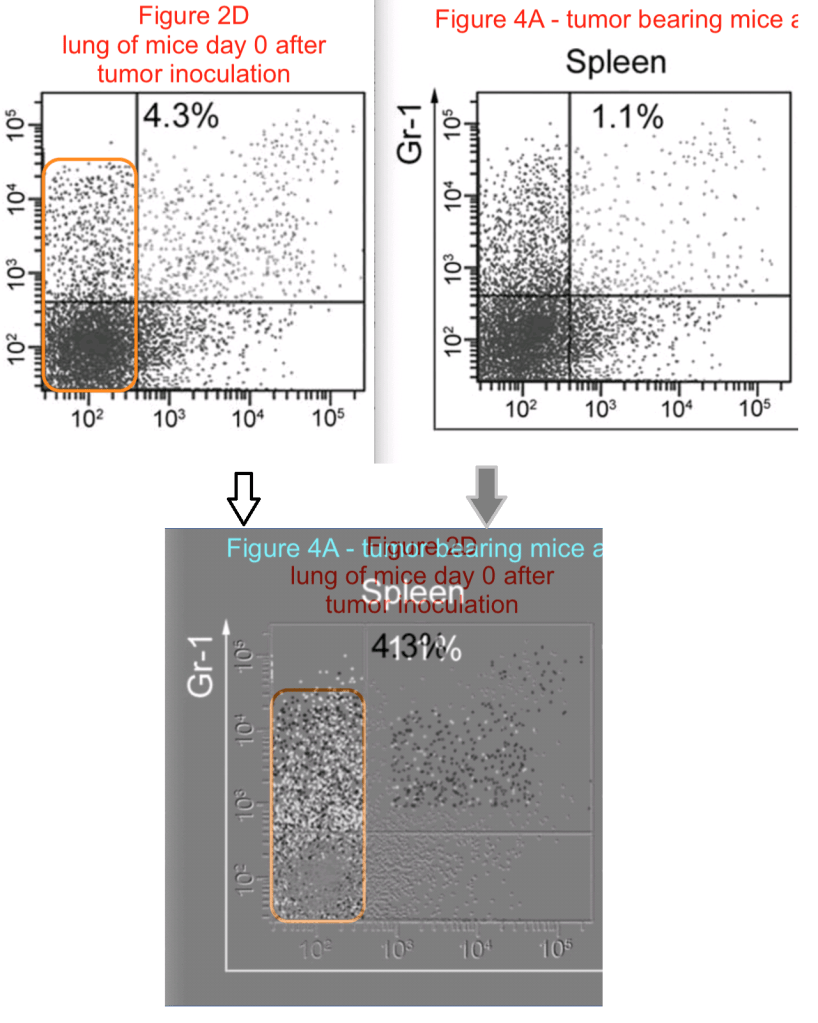
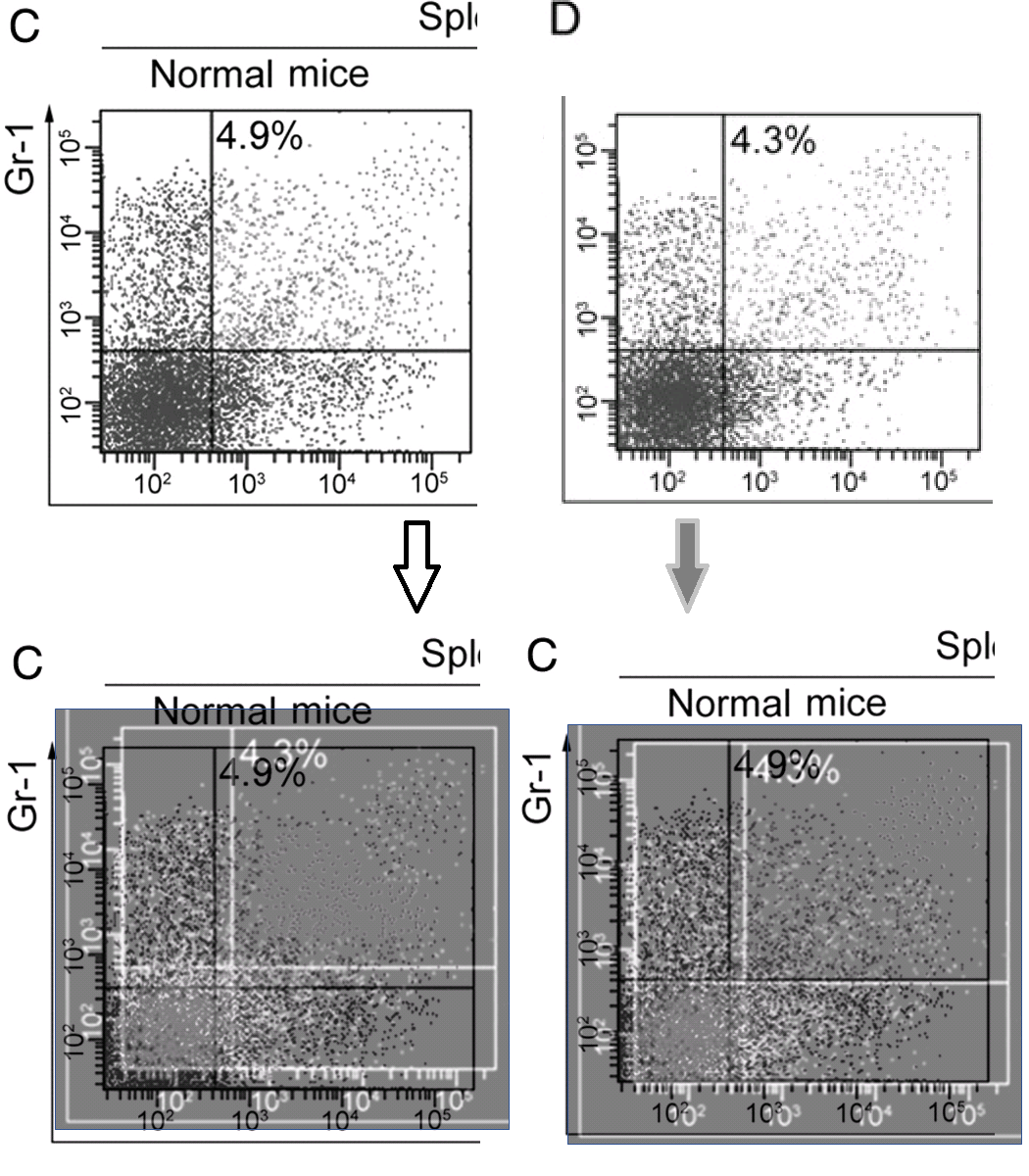
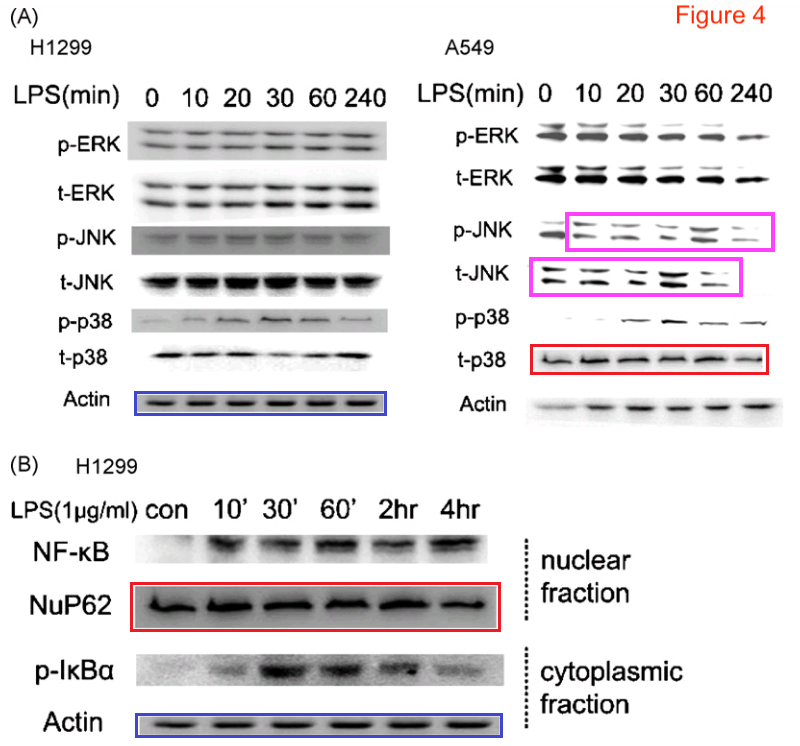
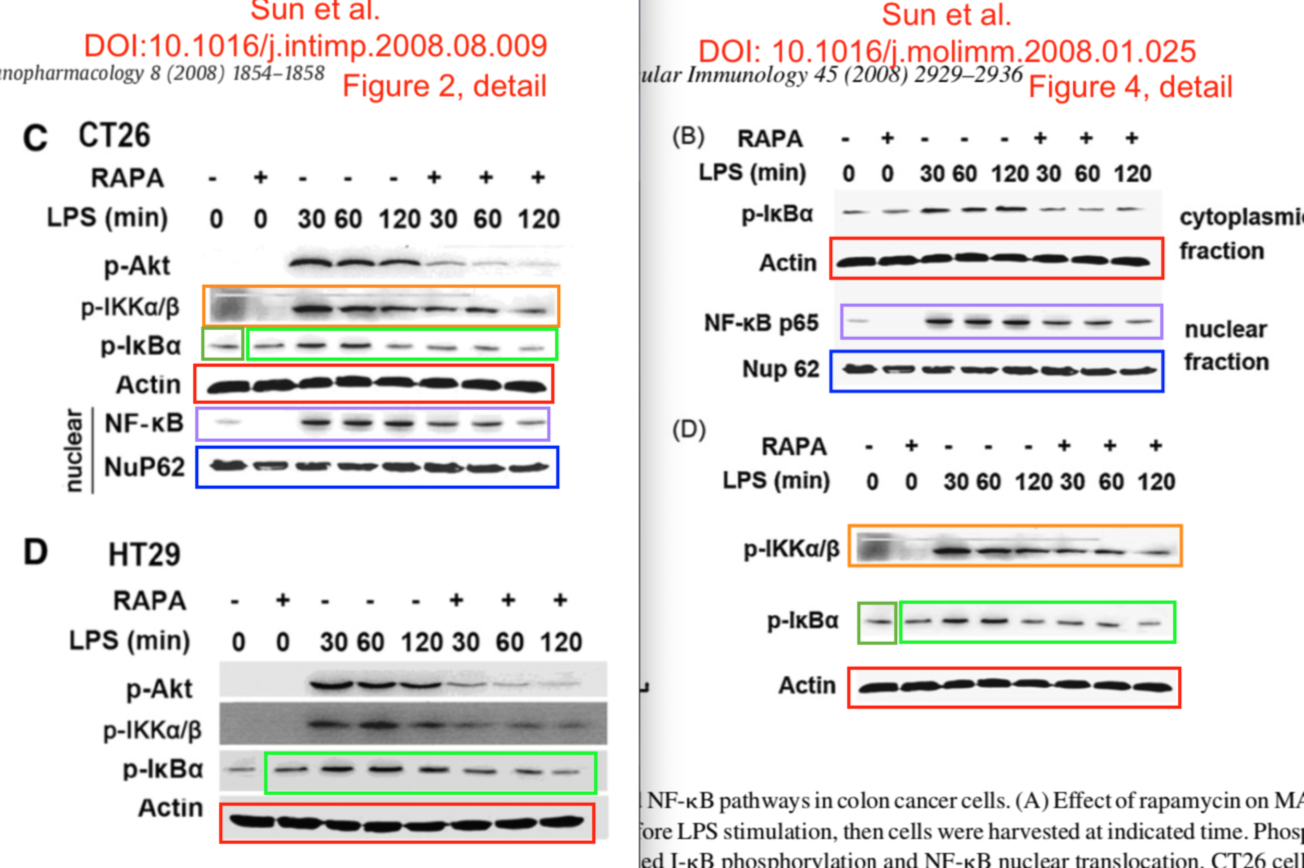

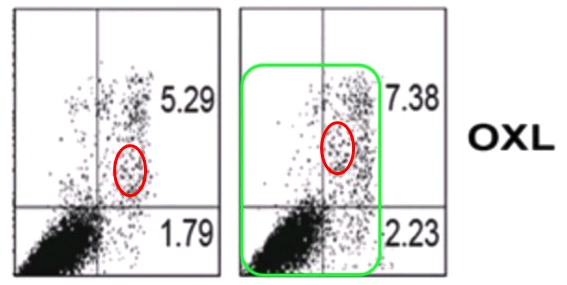

Pingback: The Teachings of Chairman Cao – For Better Science
Great work, Smut. Thank you too Leonid for getting these shenanigans exposed.
LikeLiked by 1 person
Damn these […, edited -LS]. Thank you for having grit. I read this knowing this data could be used to get medicines licensed. Funding secure they then move onto human research having never actually proved the lab work. Then they pick and choose who they follow up. Dangerous shit. Lots of money and totally makes my paranoia very necessary.
LikeLike
Well, there are plenty of people in prison to do experiments on in China, or so I hear. So there is room for failure here. In fact, it could be some of the first authors of the papers now mentioned in pubpeer maybe heading for that fate. Maybe we can get Richard Marias to be their jailer. Ha-Ha.
LikeLiked by 1 person
https://www.mirror.co.uk/news/world-news/thirteen-chinese-drug-dealers-sentenced-10705921
https://www.theguardian.com/world/2017/dec/18/thousands-china-watch-executed-sport-stadium
It does seem disproportionate.
LikeLike
https://retractionwatch.com/2019/08/14/journals-retract-more-than-a-dozen-studies-from-china-that-may-have-used-executed-prisoners-organs/
LikeLike
Pingback: Concerns about a top immunology lab – Science Integrity Digest
Well done Smut. You get me feel more and more depressed.
If the publishers and research institutes don´t care about what they publish is right or wrong,
then the US National Library of Medicine and NIH should do, as responsible for the indexing of
so called «scientific» literature. They don´t get any income and prestige by indexing all the shit.
The only thing they get by indexing more and more journals without any quality control is disrespect.
PubMed has become a library of junk. Very sad and extremely negative for the progress of science,
development of medicine and for society in general.
LikeLiked by 1 person
It seems that many of us have now reached the same conclusion, that science is dead. Please read Bruce Charlton:
http://corruption-of-science.blogspot.com/
LikeLike
I don’t think its dead, at least right now. I just look where the paper is coming from, and adjust my skepticism accordingly. And realize there are going to be a lot of cheaters in the field, because it gives you such a great advantage.
LikeLike
It seems photoshop is also a favorite in this paper, not clear what dand disconfirmation even means
https://www.pubpeer.com/publications/91426BC050DEDF2FF0DAFCE57E58DF
LikeLike
By pointing out the problematic data the quality of science in China will likely be improved.
Given that China is a one-party state which brooks no dissent, and uses imprisonment force against its opponents, is that a good thing?
LikeLike
Fig 2A from Wang et al (2004): https://pubpeer.com/publications/5DF920206D8B16786051D2F45AF545#10
https://i.imgur.com/hIoPcmK.png
Supplementary Figure S2B from Wang et al (2008): https://pubpeer.com/publications/7E17B85FB91772B61AD5C903B83CA3#4
https://pubpeer.com/storage/image-1574369568414.png
I have many questions.
LikeLike
I guess these guys studied at the feet of the master as well:
https://pubpeer.com/publications/DA2319EF235558ED321ABAD025834A#2
How do you admit using Photoshop (i.e. PS) to fake your images when submitting a correction to a journal?
LikeLike
Here is a piece in Nature about this story: https://www.nature.com/articles/d41586-019-03599-w
LikeLiked by 1 person
“He says that his group is investigating the papers in question, and he is confident that the issues raised do not affect the papers’ conclusions.”
You can cheat and be right.
You can steal ideas and data from others, and then cheat and be right.
You can cheat and be lucky and be right.
But if you cheat, you are a cheat no matter what. And cheats should be shunned and silenced whenever they are caught.
I am available for speeches in the Great Hall of the People, by the way.
LikeLiked by 1 person
Pingback: Aguzzi and the Lowlifes – For Better Science
Pingback: Communist Party gives Xuetao Cao, Meiyu Geng, Hongliang Li a slap on the wrist – For Better Science
Pingback: Akupunktur, Teil 5 – Vorbehalte über RCTs bei Akupunktur – Der Post hoc ergo propter hoc-Blog
Pingback: The 16 secret retractions of Xuetao Cao at JBC – For Better Science